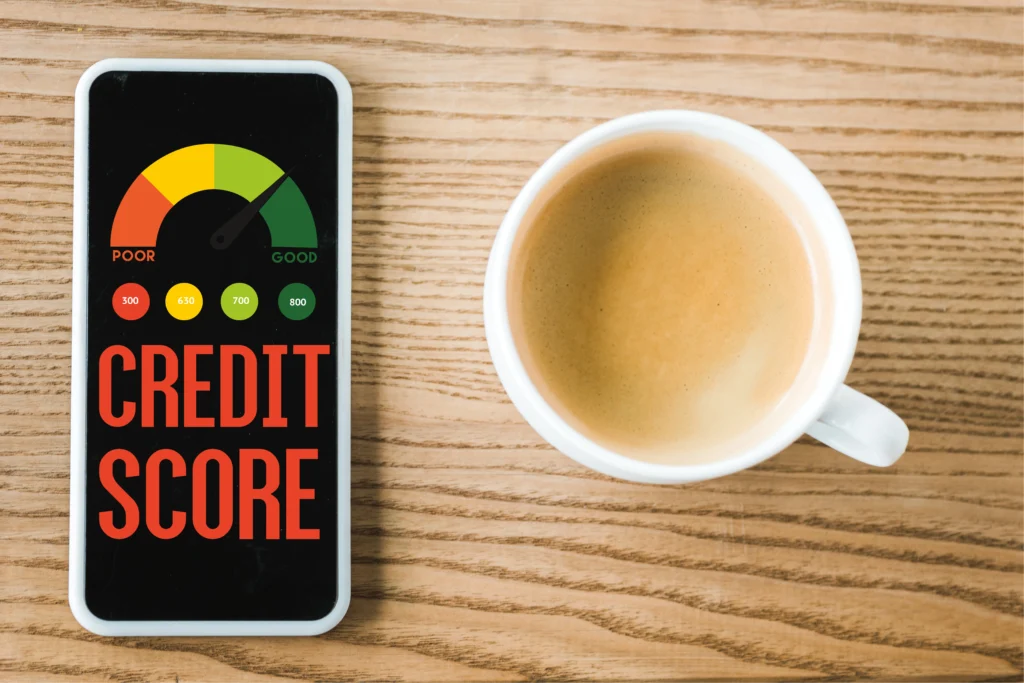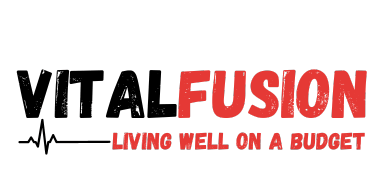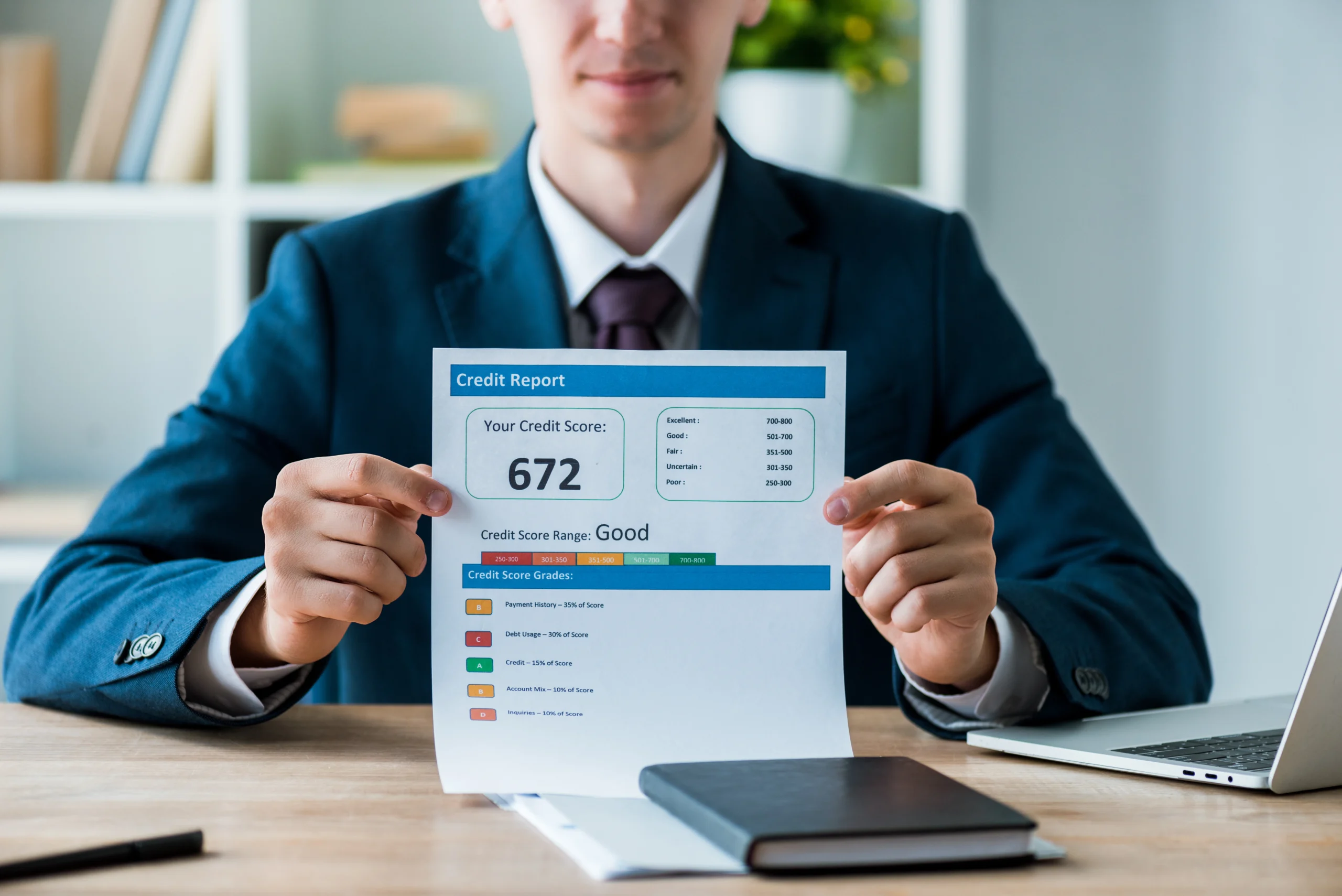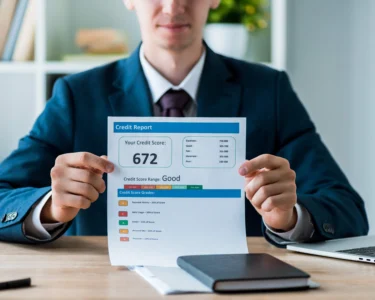Key Takeaway: You can significantly boost your credit score through consistent, strategic actions without spending money on expensive credit repair services. The key is understanding how credit scores work and taking deliberate steps to improve each factor that influences your score.
Table of Contents
Ever looked at your credit score and felt that sinking feeling in your stomach? Trust me, I’ve been there. Back in my twenties, I made every credit mistake in the book – maxed-out cards, late payments, you name it. But here’s the thing: I managed to boost my score by over 100 points without spending a dime on credit repair services. And today, I’m going to show you exactly how you can do the same.
1. Master the Art of Payment Timing (It’s Not What You Think)
Let’s bust a myth right off the bat: you don’t need to wait until your due date to make payments. In fact, that could be hurting your score.
Here’s what actually works:
- Set up automatic payments for at least the minimum amount (this is your safety net)
- Make multiple smaller payments throughout the month
- Pay before your statement closing date to report lower utilization
Why does this matter? Your credit utilization ratio – how much credit you’re using compared to your limits – makes up 30% of your FICO score. When you make payments before your statement closes, you’re likely to have a lower balance reported to the credit bureaus.
🔍 Pro Tip: Find out your statement closing date (it’s different from your due date) and make a payment a few days before that.
2. Become an Authorized User (But Choose Wisely)
This is probably the fastest way to boost your score without spending money on services. But there’s a catch – you need to pick the right primary cardholder.
Look for someone who:
- Has a long history of on-time payments
- Maintains low credit utilization
- Has had the card for several years
- Is financially responsible
I learned this the hard way when I became an authorized user on my college roommate’s card. Spoiler alert: his maxed-out card tanked both our scores. Learn from my mistake!

3. Leverage the “Goodwill Letter” Strategy
Remember that late payment from three years ago that’s still haunting your credit report? Time to write a goodwill letter. This is basically asking your creditor nicely to remove a negative mark.
Here’s my tested template:
Dear [Creditor Name],
I’ve been a loyal customer since [Year] and have maintained an excellent payment history, except for one late payment in [Month/Year]. This was due to [brief, honest explanation]. I’m writing to request a goodwill adjustment to remove this late payment mark.
My continued timely payments demonstrate my commitment to financial responsibility. Would you please consider removing this isolated incident?
Thank you for your consideration.
[Your Name]
Success rate? About 30% in my experience. But considering it costs nothing but time, it’s worth trying.
4. Dispute Inaccuracies (The Right Way)
Before you pay a credit repair company hundreds of dollars, try this DIY approach:
- Get your free credit reports from AnnualCreditReport.com
- Review every detail (seriously, even the small stuff)
- Document any inaccuracies
- File disputes online with each bureau
Common errors worth disputing:
- Wrong payment status
- Incorrect credit limits
- Accounts you don’t recognize
- Old negative items that should have aged off
Remember, you’re looking for actual errors, not trying to remove accurate negative information. That’s what those expensive credit repair companies often attempt (usually unsuccessfully).
5. Play the “Credit Mix” Game Smartly
Did you know that having different types of credit can boost your score? But here’s the key: don’t take on new debt just for this purpose.
Instead, consider:
- Converting existing credit card debt to a personal loan (if the interest rate is lower)
- Getting a secured credit card using money you already have
- Adding a credit-builder loan through a credit union
These options help diversify your credit mix without increasing your debt load.
6. Optimize Your Credit Utilization with Card Cycling
Here’s an advanced technique that credit repair services won’t tell you about: strategic credit cycling. This involves using and paying off your credit multiple times within a billing cycle.
Example scenario:
- Credit limit: $1,000
- Monthly spending: $1,500
- Traditional approach: 150% utilization (bad!)
- With cycling: Pay off $750 mid-cycle, spend another $750
- Result: Only 75% utilization reported
⚠️ Warning: Don’t confuse this with credit card churning, which can hurt your score.
Bonus Tip: The “All Zero Except One” Strategy
Want to optimize your credit utilization even further? Try the “All Zero Except One” (AZEO) strategy:
- Pay all credit cards down to zero
- Leave a small balance ($1-20) on just one card
- Result: Shows active credit use while maintaining ultra-low utilization
[Need more tips on managing your finances effectively? Check out our guide on “5 Steps to Creating a Budget That Helps You Save More“]

The Real Cost of Credit Repair Services
Before you consider paying for credit repair, consider this comparison:
| DIY Credit Improvement | Credit Repair Services |
| Cost: $0 | Average Cost: $79-129/month |
| Time Investment: 2-3 hours/month | Time Investment: 1-2 hours/month |
| Results: 30-100 points in 6 months* | Results: 20-50 points in 6 months* |
| Risk: Minimal | Risk: Potential scams |
*Results vary based on individual credit situations
Conclusion
Improving your credit score doesn’t require expensive services or complicated strategies. It’s about understanding how credit works and taking consistent, deliberate actions. Start with one method from this list and build from there. Remember, credit improvement is a marathon, not a sprint.
[Ready to take your financial health to the next level? Learn about “8 Steps to Achieve Financial Independence on a Budget“]
FAQs
Q: How long does it take to see improvement in my credit score?
A: Generally, you can see initial improvements within 30-60 days of implementing these strategies, with significant changes occurring over 6-12 months.
Q: Can I really improve my credit score without paying for services?
A: Absolutely! All the tools needed to improve your credit are freely available. Credit repair services often use the same techniques you can do yourself.
Q: What’s the fastest way to increase my credit score?
A: Becoming an authorized user on a responsible person’s credit card can provide the quickest boost, sometimes within 30 days of being added to the account.
Q: Will checking my own credit score hurt it?
A: No. Checking your own credit score is considered a “soft inquiry” and doesn’t affect your score.
Meta Description Options:
- “Discover 6 proven strategies to boost your credit score without expensive services. Learn expert tips for DIY credit improvement and save money while fixing your credit.”
- “Want to improve your credit score without breaking the bank? Learn 6 effective DIY methods that credit repair companies don’t want you to know about.”
- “Master your credit score with these 6 free strategies. Save money on credit repair services while effectively boosting your creditworthiness.”






